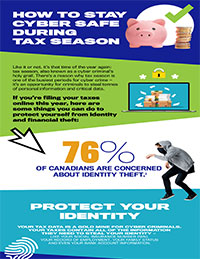
Like it or not, it's that time of year again: tax season, also known as a cyber criminal's holy grail. There's a reason why tax season is one of the busiest periods for cyber crime - it's an opportunity for cirminals to steal tonnes of personal information and critical data.
If you're filing your taxes online this year, here are some things you can do to protect yourself from identity and financial theft.
76 % of Canadians are concerned about identity theft.Note i
Protect your identity
Your tax data is a gold mine for cyber criminals. Your taxes contain all of the information they need to steal your identity - like your social insurance number (SIN), your record of employment, your family status and even your bank account information.
You can protect yourself by:
-
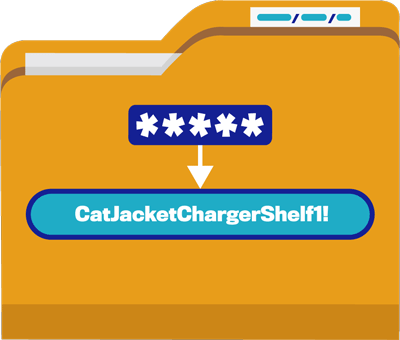 creating a strong, unique passphrase or password for each of your tax accounts
creating a strong, unique passphrase or password for each of your tax accounts -
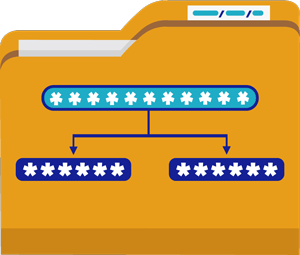 enabling multi-factor authentication (MFA) whenever it's available
enabling multi-factor authentication (MFA) whenever it's available
29% of Canadians still use the default password on their home Wi-Fi networks. Note i
File your taxes on a secure network
Public Wi-Fi connections that don't require passwords, like your local library or coffee shop, are risky. You should never access personal accounts or send sensitive information, like your taxes, while using unsecured networks. Save these tasks for when you have a secure connection. If you need to use a public Wi-Fi network, make sure you're using a VPN so that you can protect your private information.

You can file your taxes safely by:
-
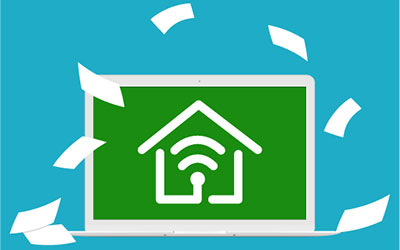 only filing on a secure network, like your home Wi-Fi
only filing on a secure network, like your home Wi-Fi -
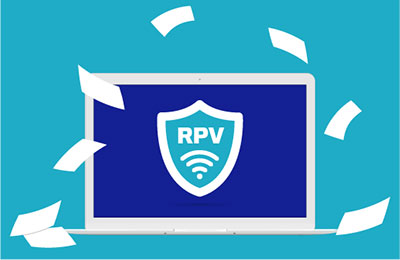 using a VPN to protect sensitive information
using a VPN to protect sensitive information -
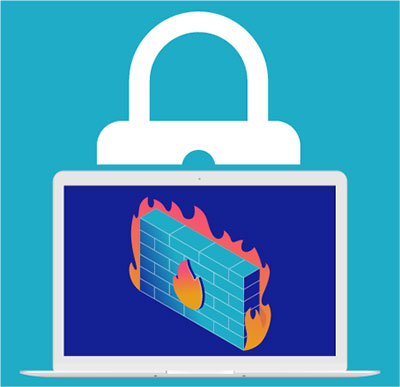 enabling your firewall
enabling your firewall -
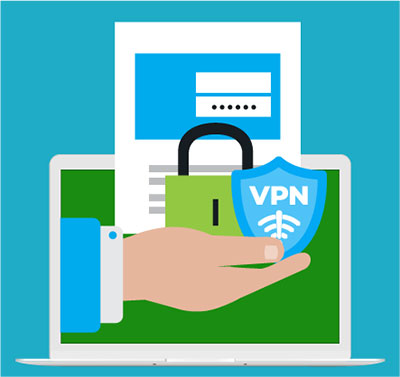 not accessing sensitive info on public Wi-Fi unless using a VPN
not accessing sensitive info on public Wi-Fi unless using a VPN -
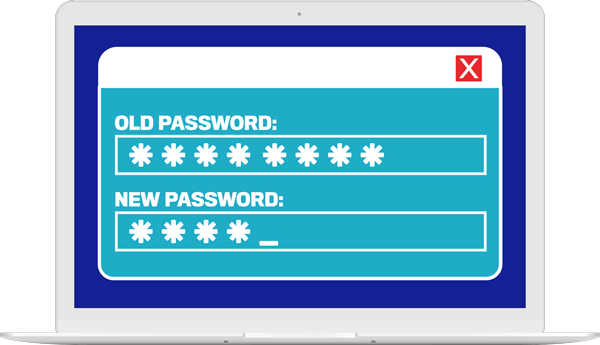 updating your home network's username and passwords from the default settings
updating your home network's username and passwords from the default settings
3 in 10 Canadians are concerned about phishing scams.Note i
Be on the lookout for phishing attacks
Cyber criminals will often impersonate legitimate organizations or individuals to steal your information. These phishing attempts are harder to spot during tax season when you might think that the Canada Revenue Agency (CRA) is contacting you.
You can identify phishing scams by looking out for some common red flags:
-
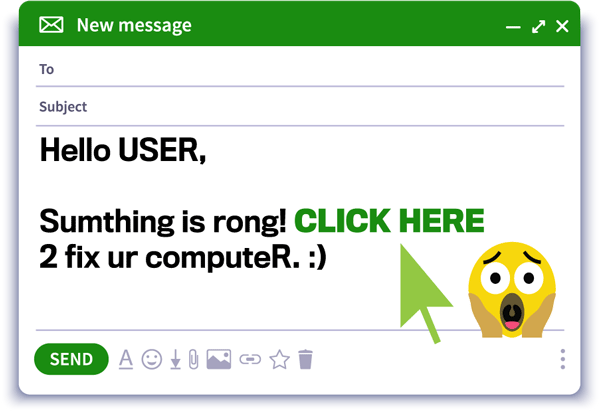 email or texts that have spelling or grammar mistakes
email or texts that have spelling or grammar mistakes -
 poor formatting, or blurry logos and images
poor formatting, or blurry logos and images -
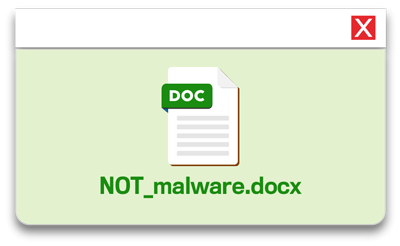 suspicious links or attachments
suspicious links or attachments -
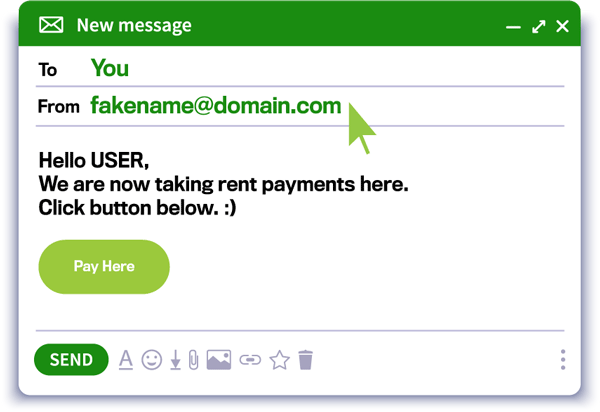 email addresses that are suspicious or don't match the organization they claim to be from
email addresses that are suspicious or don't match the organization they claim to be from
Not sure if it's really the CRA ? Learn what to expect if the CRA contacts you by visiting their official website.
45% of Canadians set their devices to update automatically.Note i
Update your devices as a defence
Software updates aren't just for new features. They also come with critical patches, bug fixes and security updates. Ensuring your devices are up to date could help you fight off a cyber attack.
You can secure your software by:
-
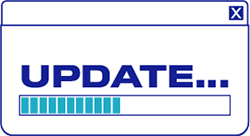 setting your devices to run updates automatically
setting your devices to run updates automatically -
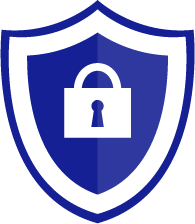 regularly updating your anti-virus software
regularly updating your anti-virus software -
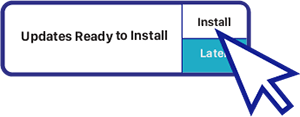 updating your software as soon as the update is available
updating your software as soon as the update is available
Get more tips to protect yourself and your devices at GetCyberSafe.ca
- i
Get Cyber Safe Awareness Tracking Survey, EKOS, 2020
